Crime
UN Expresses Worries Over Legalization of Cannabis in Parts of the World
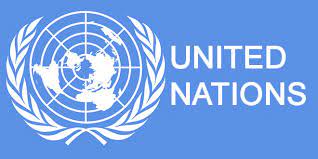
UN Expresses Worries Over Legalization of Cannabis in Parts of the World
By: Michael Mike
The United Nations has condemned recent legalization of cannabis in parts of the world, lamenting that such action has led to global increase in use and abuse of drugs worldwide.
A press release by the UN Information Service on Monday said cannabis legalization in parts of the world appears to have accelerated daily use and related health impacts, according to the UN Office on Drugs and Crime (UNODC)’s World Drug Report 2022.
The report which was released on Monday also showed rises in the manufacturing of cocaine, the expansion of synthetic drugs to new markets, and continued gaps in the availability of drug treatments, especially for women.
According to the report, around 284 million people aged 15-64 used drugs worldwide in 2020, a 26 per cent increase over the previous decade. Young people are using more drugs, with use levels today in many countries higher than with the previous generation. In Africa and Latin America, people under 35 represent the majority of people being treated for drug use disorders.
Also Read: FG restates commitment to support NYSC scheme, corps…
Globally, the report estimates that 11.2 million people worldwide were injecting drugs. Around half of this number were living with hepatitis C, 1.4 million were living with HIV, and 1.2 million were living with both.
The statement said while reacting to these findings, UNODC Executive Director Ghada Waly stated that: “Numbers for the manufacturing and seizures of many illicit drugs are hitting record highs, even as global emergencies are deepening vulnerabilities. At the same time, misperceptions regarding the magnitude of the problem and the associated harms are depriving people of care and treatment and driving young people towards harmful behaviours.
“We need to devote the necessary resources and attention to addressing every aspect of the world drug problem, including the provision of evidence-based care to all who need it, and we need to improve the knowledge base on how illicit drugs relate to other urgent challenges, such as conflicts and environmental degradation.”
The report further emphasizes the importance of galvanizing the international community, governments, civil society and all stakeholders to take urgent action to protect people, including by strengthening drug use prevention and treatment and by tackling illicit drug supply.
The report stated that early indications and effects of cannabis legalization in North America appears to have increased daily cannabis use, especially potent cannabis products and particularly among young adults. Associated increases in people with psychiatric disorders, suicides and hospitalizations have also been reported. Legalization has also increased tax revenues and generally reduced arrest rates for cannabis possession.
According to the report, added to this is the continued growth in drug production and trafficking, revealing that cocaine manufacture was at a record high in 2020, growing 11 per cent from 2019 to 1,982 tons. Cocaine seizures also increased, despite the COVID-19 pandemic, to a record 1,424 tons in 2020. Nearly 90 per cent of cocaine seized globally in 2021 was trafficked in containers and/or by sea. Seizure data suggest that cocaine trafficking is expanding to other regions outside the main markets of North America and Europe, with increased levels of trafficking to Africa and Asia.
The report also showed that trafficking of methamphetamine continues to expand geographically, with 117 countries reporting seizures of methamphetamine in 2016‒2020 versus 84 in 2006‒2010, with the quantities of methamphetamine seized growing five-fold between 2010 and 2020.
It also showed that opium production worldwide grew seven per cent between 2020 and 2021 to 7,930 tons ‐ predominantly due to an increase in production in Afghanistan. However, the global area under opium poppy cultivation fell by 16 per cent to 246,800 hectares in the same period.
Key drug trends broken down by region
In many countries in Africa and South and Central America, the largest proportion of people in treatment for drug use disorders are there primarily for cannabis use disorders. In Eastern and South-Eastern Europe and in Central Asia, people are most often in treatment for opioid use disorders.
In the United States and Canada, overdose deaths, predominantly driven by an epidemic of the non-medical use of fentanyl, continue to break records. Preliminary estimates in the United States point to more than 107,000 drug overdose deaths in 2021, up from nearly 92,000 in 2020.
In the two largest markets for methamphetamine, seizures have been increasing ‐ they rose by seven per cent in North America from the previous year, while in South-East Asia they increased by 30 per cent from the previous year, record highs in both regions. A record high was also reported for methamphetamine seizures reported from South-West Asia, increasing by 50 per cent in 2020 from 2019.
The report also showed a possible growing capacity to manufacture amphetamine in Ukraine if the conflict persists in the country, stating that there
was a significant increase in the number of reported clandestine laboratories in Ukraine, skyrocketing from 17 dismantled laboratories in 2019 to 79 in 2020, noting that 67 out of these laboratories were producing amphetamines, up from five in 2019 ‐ the highest number of dismantled laboratories reported in any given country in 2020.
UN Expresses Worries Over Legalization of Cannabis in Parts of the World
Crime
Escalated ISWAP/Boko Haram Clashes Claim Over 100 Fighters
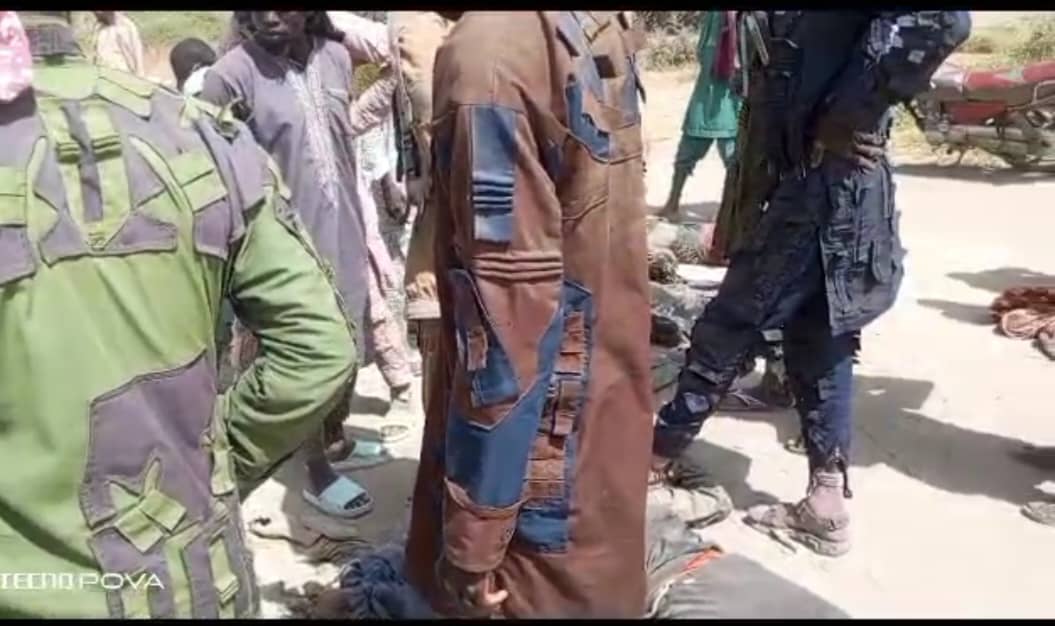
Escalated ISWAP/Boko Haram Clashes Claim Over 100 Fighters
By: Zagazola Makama
Fierce rivalry clashes between Boko Haram and the Islamic State of West African Province (ISWAP) terror groups escalated in the Lake Chad Basin over the last one week, claiming over 100 of the fighters of both groups.
From April 18 to April 24, the clashes between Boko Haram factions and ISWAP flared up across the riverine islands of the Tumbums, with the ISWAP gaining more footholds and dislodging the Boko Haram rival factions.
Shortly after ISWAP received a fresh consignment of weapons from Mali, through Niger to Dogon Chukwu Kangarwa, it declared a renewed war, issuing a stern directive to its fighters to completely exterminate the members of the JAS Buduma Boko Haram factions on April 18.
Prior to the clashes, Boko Haram JAS has moved several fighters from upper parts of the riverine Niger to take defensive positions in Kukawa in Borno, while another sets of armed fighters were moved to the Nigeria- Cameroon borders, occupying Dawashi, Dabar Wanzam, Kiri Bulla in Kukawa as well as Lokobili and Kandahar in Cameroon.
On its parts, ISWAP mounted on 20 water vessels, conveying 130 fighters to Doron Kirta Wulgo near Nigeria- Cameroon. More ISWAP fighters arrived from Kwalaram, while others trooped in from Ngala and Marte, in preparation for the major encounter.
The clash, which erupted on April 19, at Garin Mallam Ya’u, and Mallam Karamti when ISWAP led by Commander Akilu, led to the killing of several Boko Haram fighters.
The ISWAP elements later seized six of JAS Boko Haram’s motorcycles and destroyed them in the process.
In another encounter, JAS elements swiftly cordoned and captured about 15 ISWAP members at Tumbum Abuja. The clash however did not last long and subsided immediately after the capture of the rival counterpart.
On the same day, ISWAP fighters stormed Tumbum Allura, in Kukawa LGA and killed several Boko Haram fighters. ISWAP, however, lost a few of its fighters in the process while forcing the surviving JAS fighters to flee.
The ISWAP fighters chased the fleeing Boko Haram fighters to the axis of Kariya and Koleram in Kukawa, which led to another gun battle.
Again, the ISWAP fighters overpowered the rival group and killed scores of the Boko Haram fighters, including a top Commander, Khaid Allayi Gana.
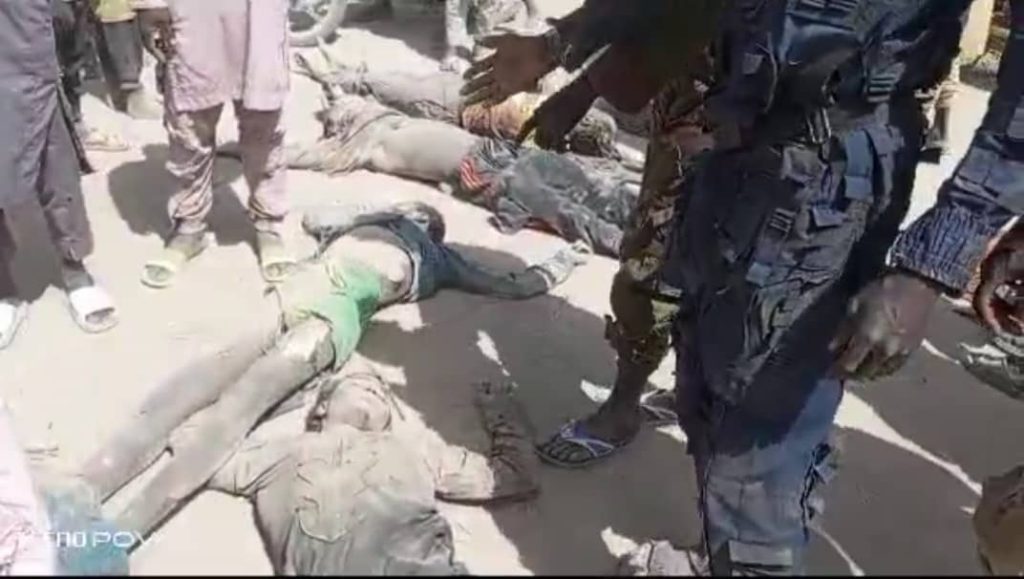
Seventy armed JAS Boko Haram men later returned to Garin Mallam Ya’u to bury its neutralized Mujahedeens, while counting its losses and licking its wounds.
The intensified rival clashes forced about 10 Boko Haram fighters to surrender with arms to the troops of Sector 4, Multinational Joint Task Force at Nguiguimi, Diffa region, Niger Republic.
Two other fighters surrendered to troops of Sector 3, Multi National Joint Task Force(MNJTF) in Monguno.
The JAS group, led by Ibrahim Bakura Doro aka Bakaura Buduma, has remained a formidable enemy of ISWAP ever since Shekau’s death. It has repeatedly attacked ISWAP positions around the lake.
The ISWAP, on the other hand, have upscaled efforts to reclaim its position taken control by the JAS group.
Both ISWAP and JAS have lost more fighters from rival clashes with each other since 2021 than in confrontations with government security forces.
The incessant, and ever worsening, clashes between ISWAP and Boko Haram has continued to provide ampler opportunities for government security forces to seize, to craft strategies to exterminate the two rival groups and stamp out the terror scorching the Lake Chad Basin.
Escalated ISWAP/Boko Haram Clashes Claim Over 100 Fighters
Crime
NSCDC Rescues 10 Suspected Victims of Human Trafficking in Abuja
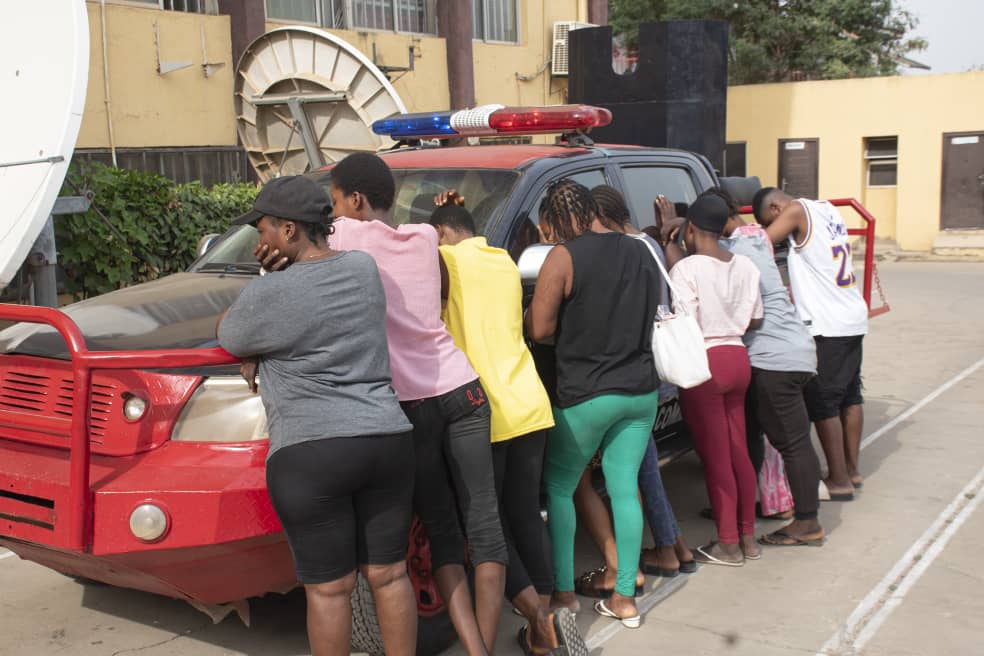
NSCDC Rescues 10 Suspected Victims of Human Trafficking in Abuja
By: Michael Mike
The Nigeria Security and Civil Defence Corps (NSCDC) has intercepted in Abuja 10 suspected victims of human trafficking, purportedly being sponsored for illegal migration abroad.
The victims were accosted at Zuba motor park, Abuja, by officers of the FCT command of the NSCDC, following a tip off on their return from Minna, Niger State, where they had gone to process their International passport as directed by their sponsor.
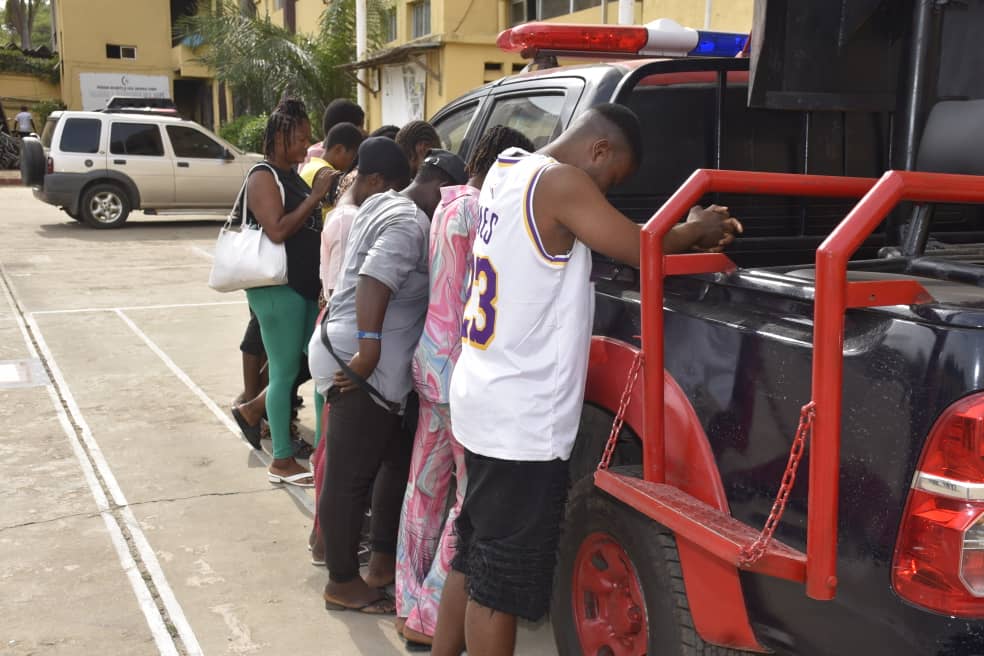
The victims whose age bracket was between 24 and 34 years, consisted of a male and nine females, and all claimed to be indigenes of Ondo State.
It was gathered that each of them paid N80,000 to facilitate the procurement of the International passport.
According to a statement on Monday by the spokesman of the FCT Command of the NSCDC, Samuel Idoko, the intercepted persons also confessed to being promised migration abroad to undertake ready made jobs, especially in North Africa and Canada by a yet to be identified sponsor who according to them, resides in Okitipupa, Ondo state.
While handing over the 10 suspected victims to the Nigeria Agency for the prohibition of Trafficking in Person (NAPTIP), the FCT Commandant, Olusola Odumosu, warned Nigerians on the dangers of illegal migration abroad.
He said: “Be careful of the types of people that are promising you a better future abroad, don’t be desperate because, some of them end up ruining your lives .
“They deceive you and collect huge sums of money from you that there are ready made jobs, whereas, you may end up in slavery or forced to be sex workers.
“If you must travel abroad, follow the right channel that’ll give you rest of mind, don’t allow somebody to seize your international passport abroad, and place you under an oath that you’ll regret.”
The Commandant further stated that, the victims were handed over to NAPTIP being the agency in charge of human trafficking to carry out further investigations and actions within the ambit of the law.
NSCDC Rescues 10 Suspected Victims of Human Trafficking in Abuja
Crime
Boko Haram slaughter 27 fishermen in Cameroon
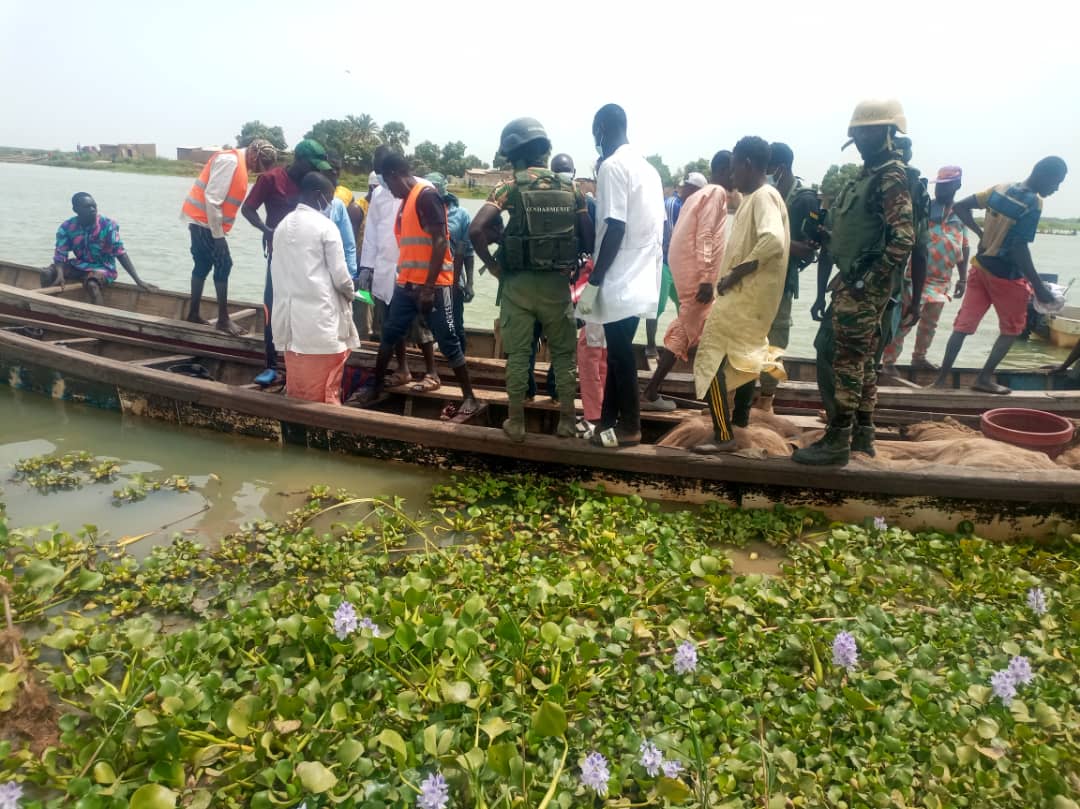
Boko Haram slaughter 27 fishermen in Cameroon
By: Zagazola Makama
No fewer than 27 fishermen were slaughtered and 3 others abducted by the Jamā’at Ahl as-Sunnah
lid-Da’wah wa’l-Jihād, Boko Haram terrorists group in the fringes of Lake Chad in the border between Cameroon- Nigeria.
It was gathered that terrorists suspected to be from the Buduma faction of Abou Ummaymah, attacked a local fishing community harboring most fishermen from Nigeria at Island Kofiya near Darak in the Republic of Cameroon.
Intelligence sources told Zagazola Makama that they asked them to lie down, tie their hands behind their backs before they started slaughtering them.
The sources said the terrorists also abducted four other fishermen after accusing them of spying for the ISWAP faction
The bodies of the fishermen were later recovered during a search and rescue operation by troops and their colleagues who received the news from victims who fled the attack scene.
Boko Haram slaughter 27 fishermen in Cameroon
-

 News1 month ago
News1 month agoRoger Federer’s Shock as DNA Results Reveal Myla and Charlene Are Not His Biological Children
-
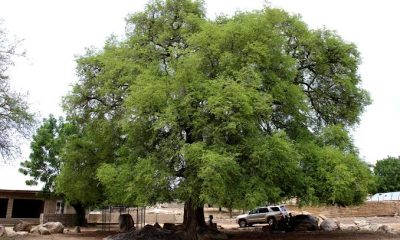
 News1 month ago
News1 month agoEYN: Rev. Billi, Distortion of History, and The Living Tamarind Tree
-
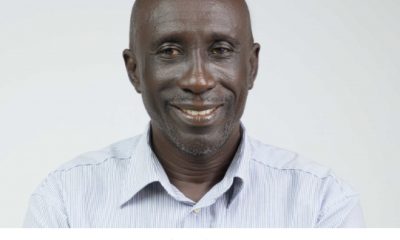
 ACADEMICS2 months ago
ACADEMICS2 months agoA History of Biu” (2015) and The Lingering Bura-Pabir Question (1)
-

 Columns2 months ago
Columns2 months agoArmy University Biu: There is certain interest, but certainly not from Borno.
-

 Opinions2 years ago
Opinions2 years agoTHE PLIGHT OF FARIDA
-

 Opinions2 months ago
Opinions2 months agoTinubu,Shettima: The epidemic of economic, insecurity in Nigeria
-
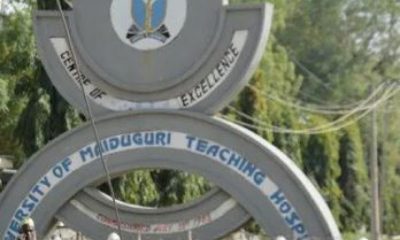
 Opinions1 month ago
Opinions1 month agoUMTH:…and the testimonies of patients and patient relations
-
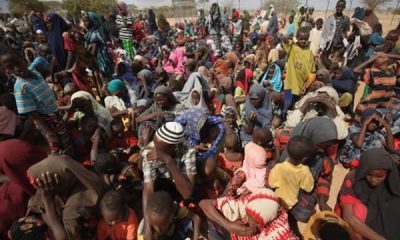
 National News2 months ago
National News2 months agoFraud and Mismanagement Rock INGO’s IDP Cash Assistance Effort in Bama





